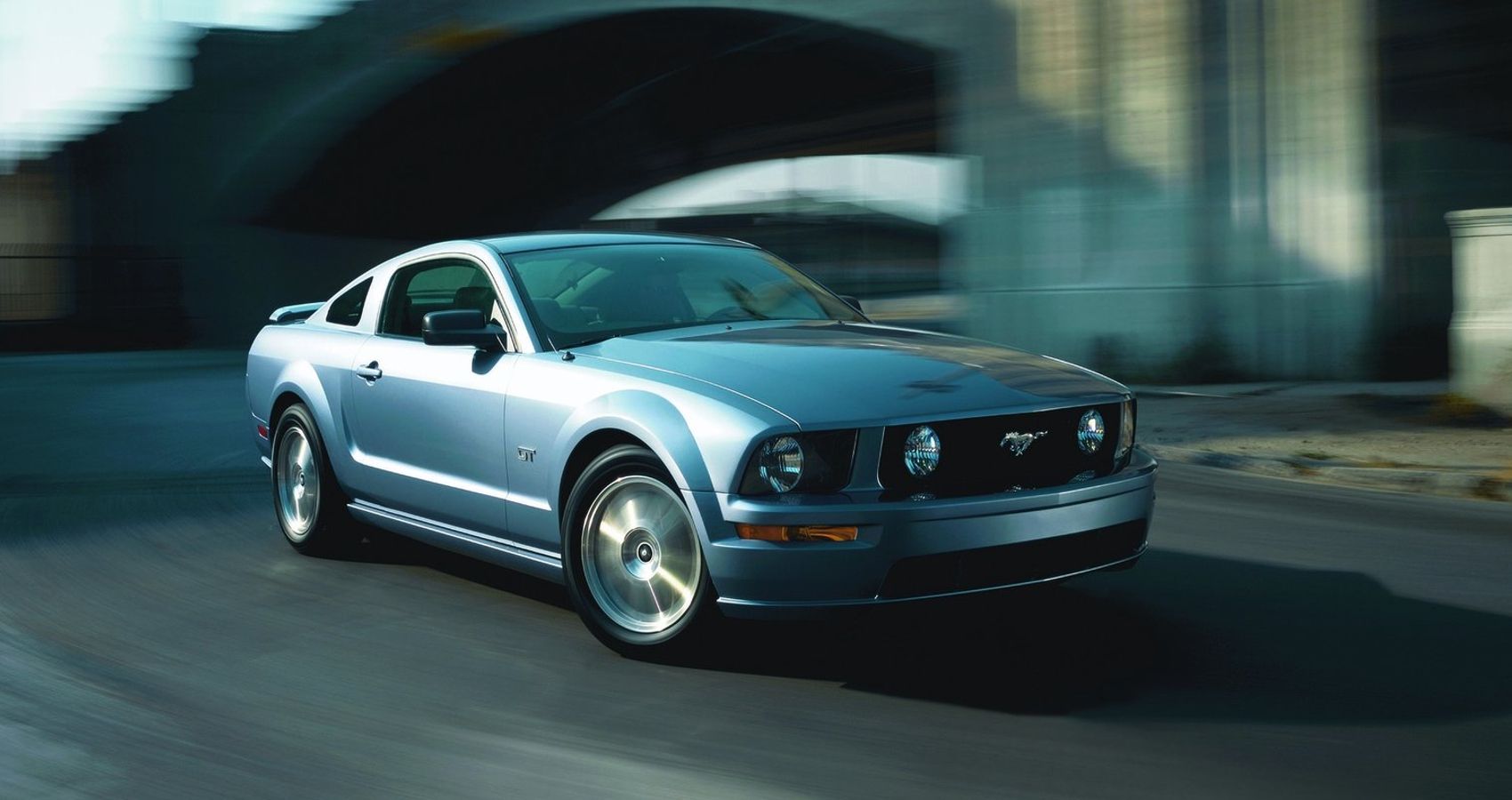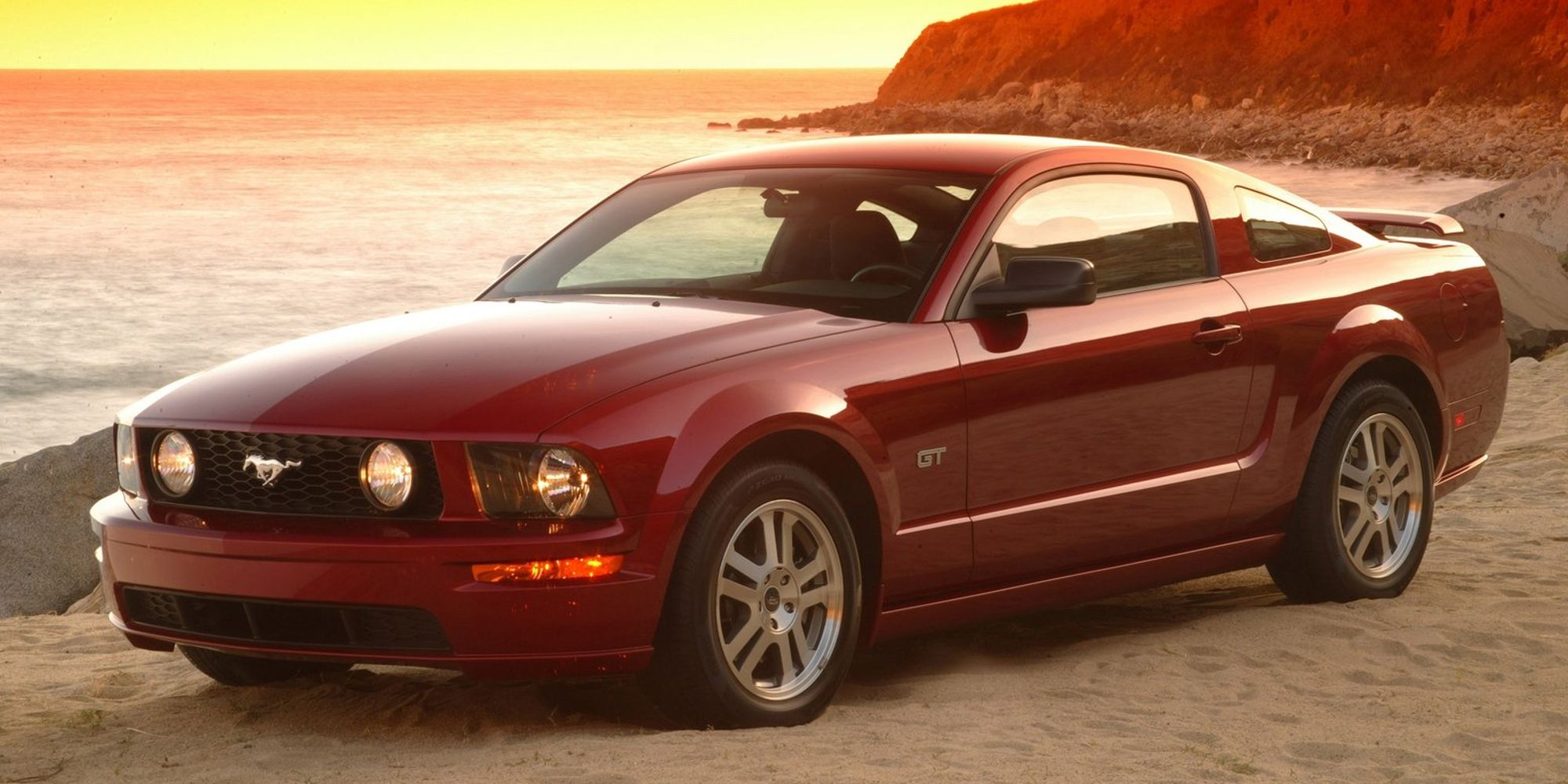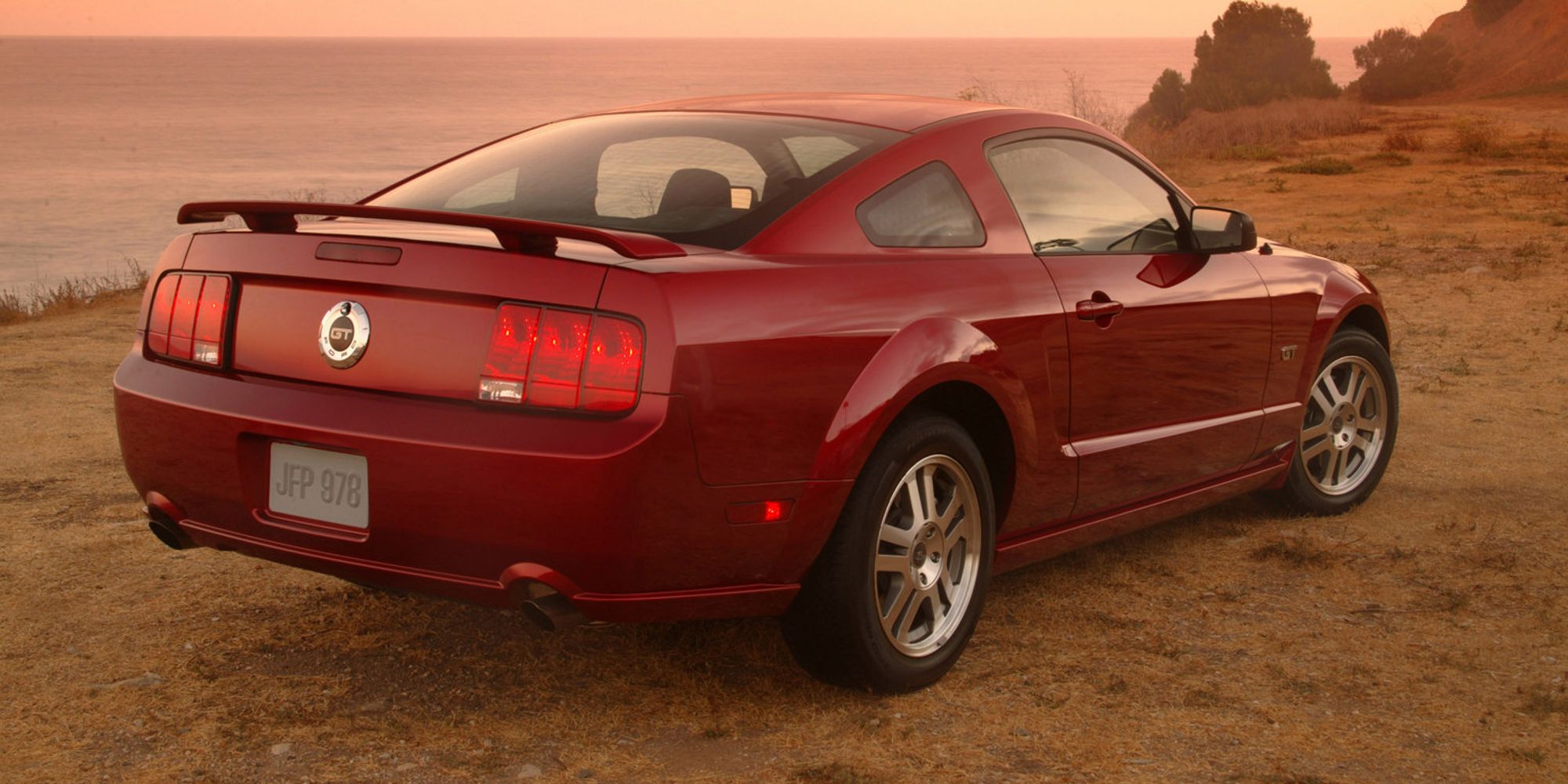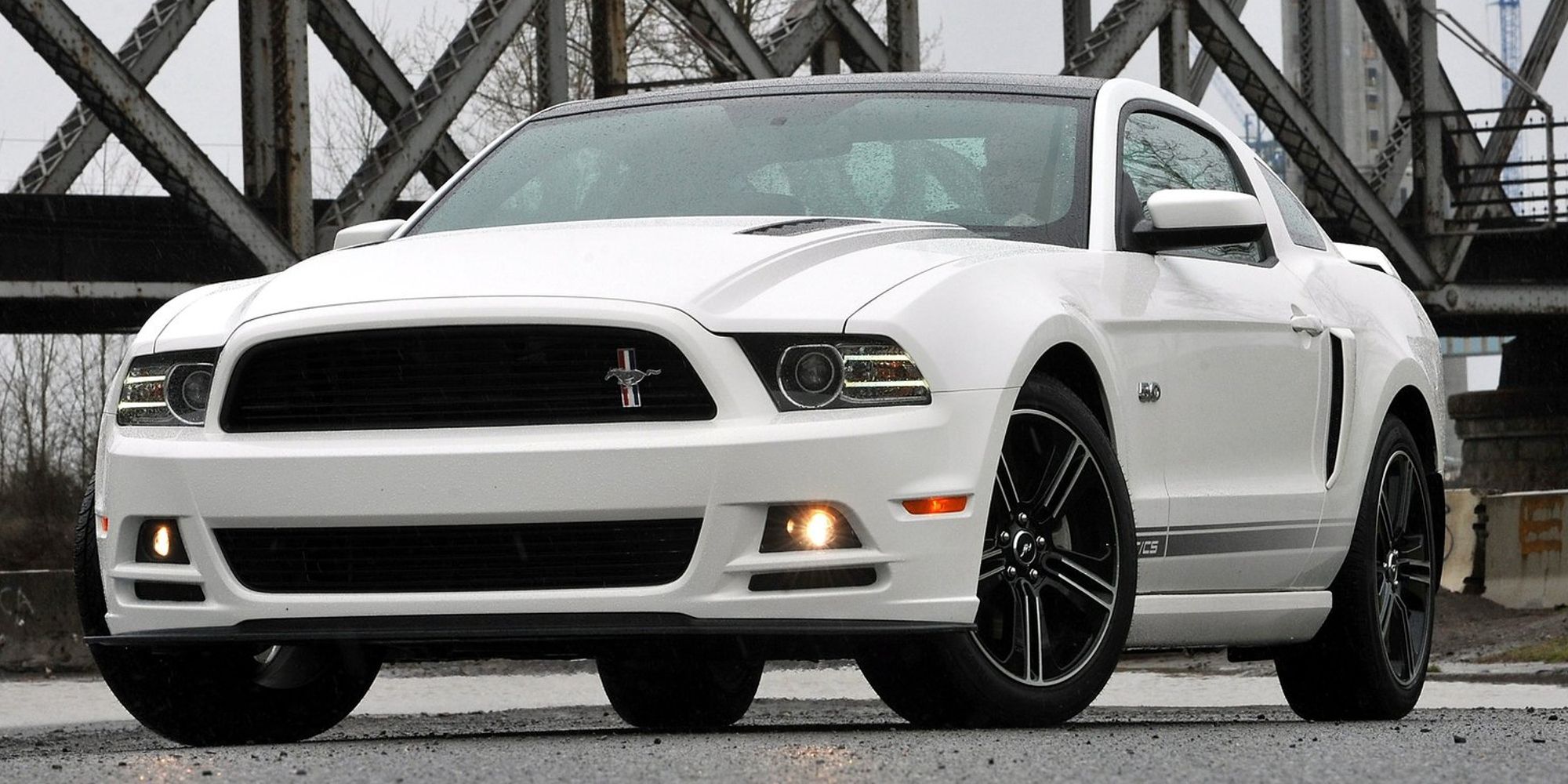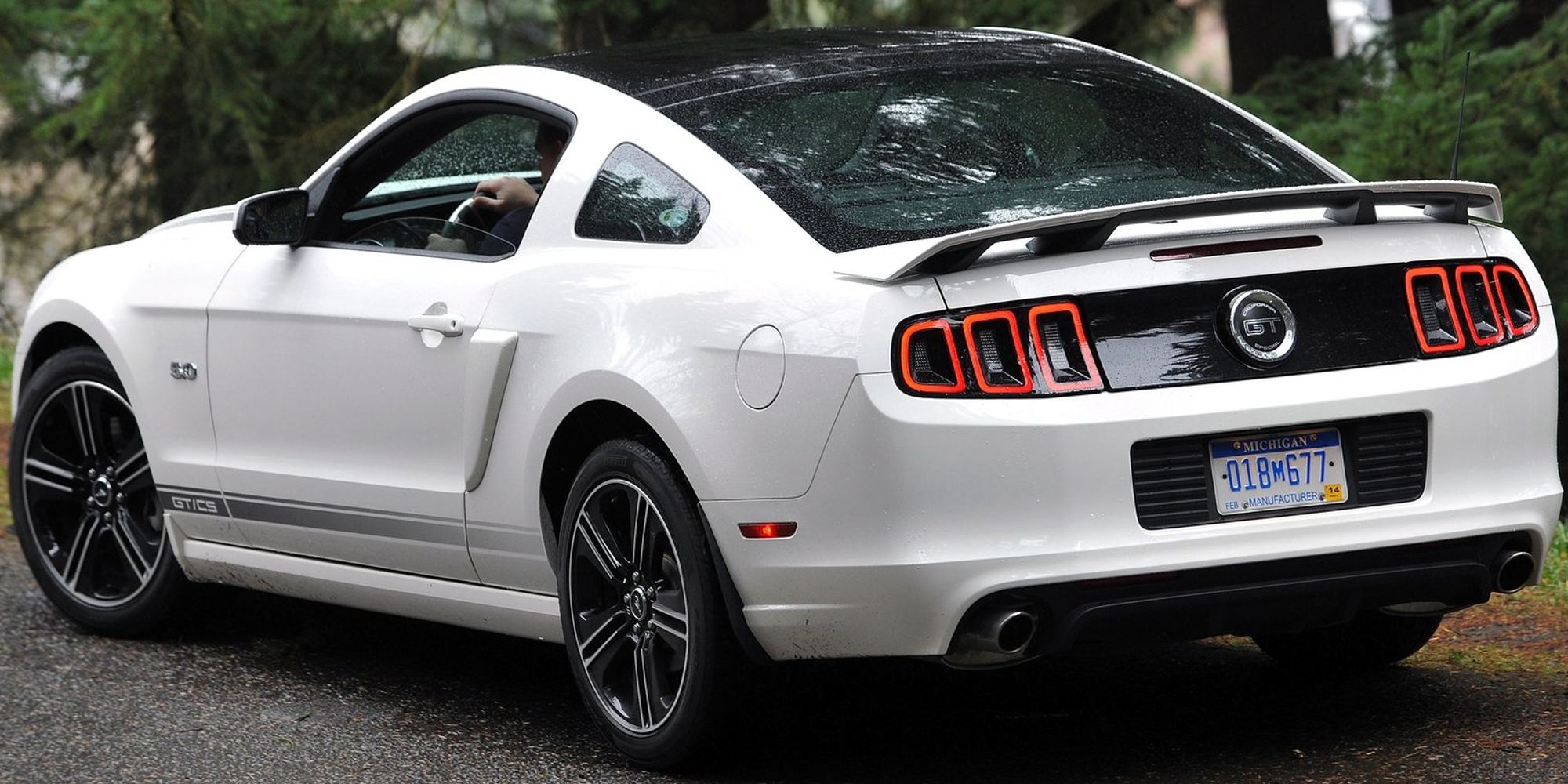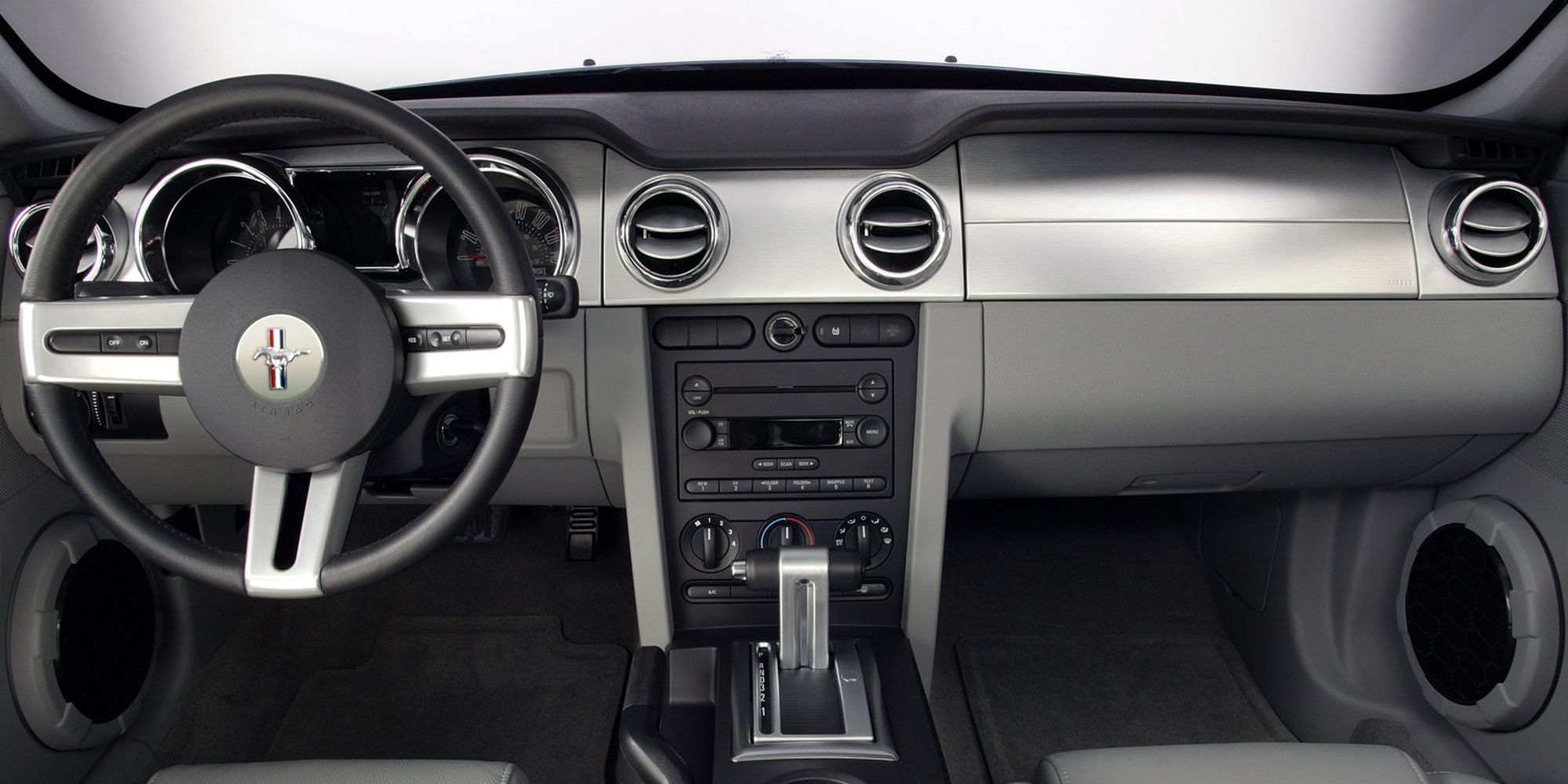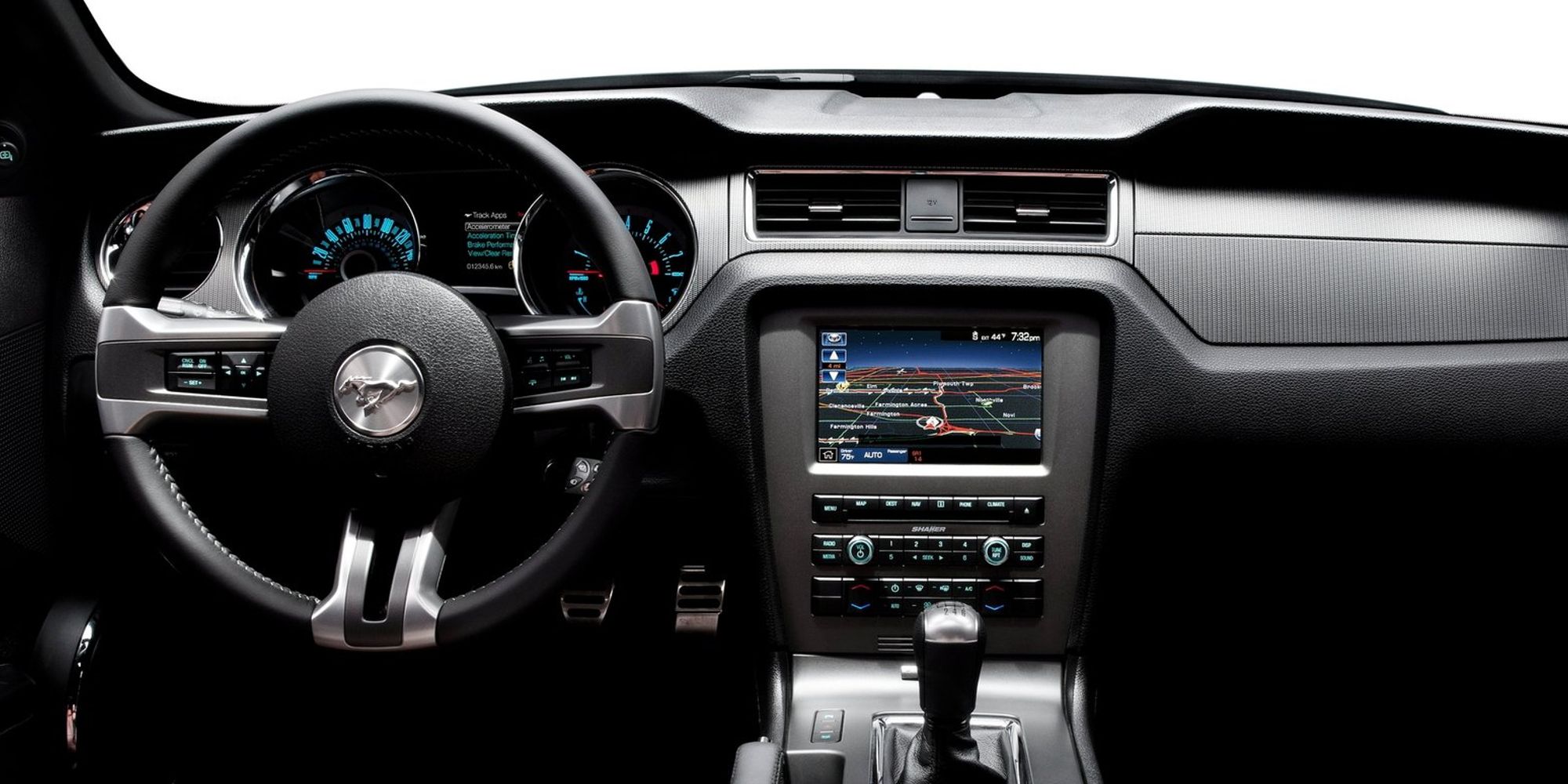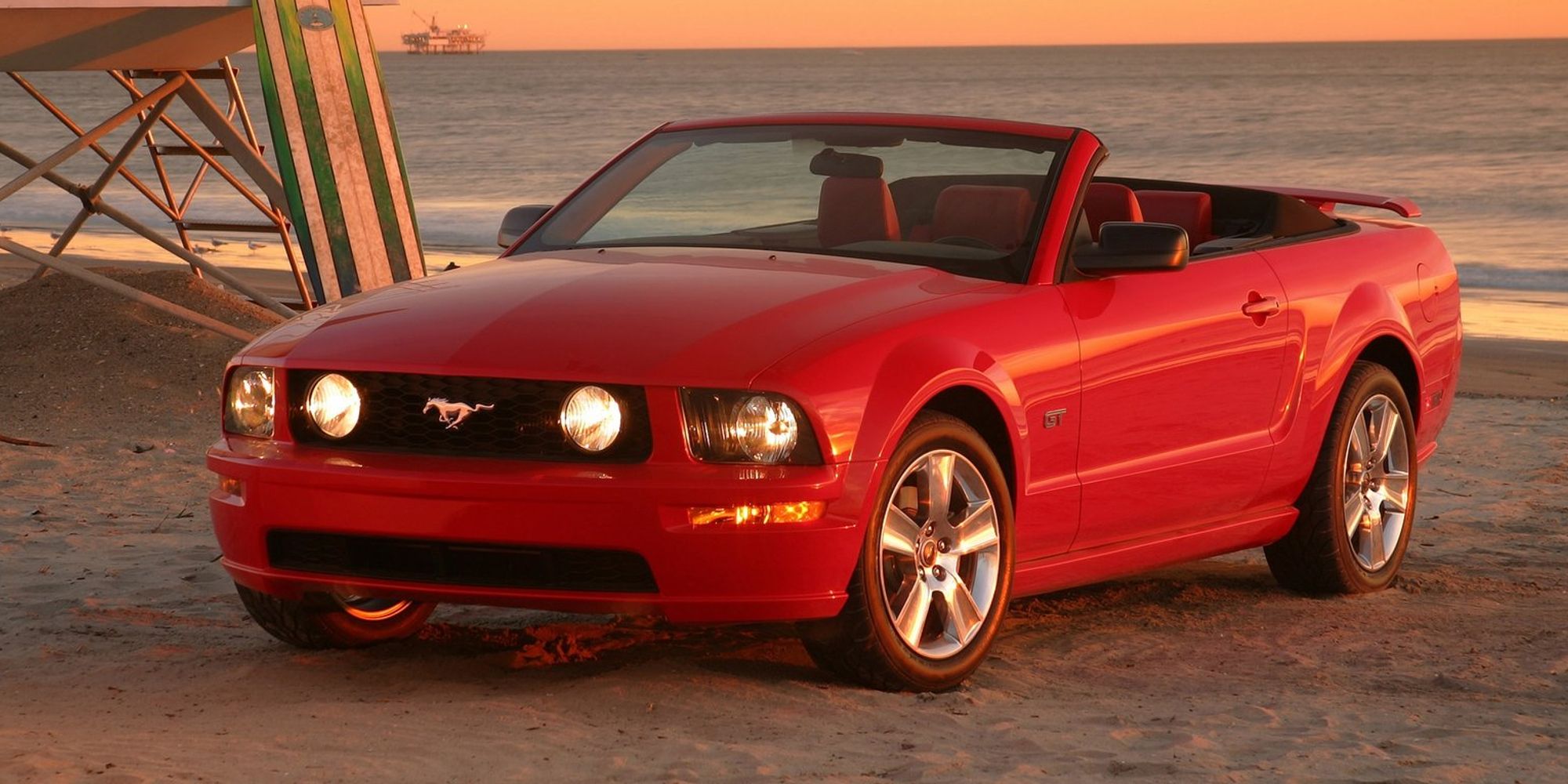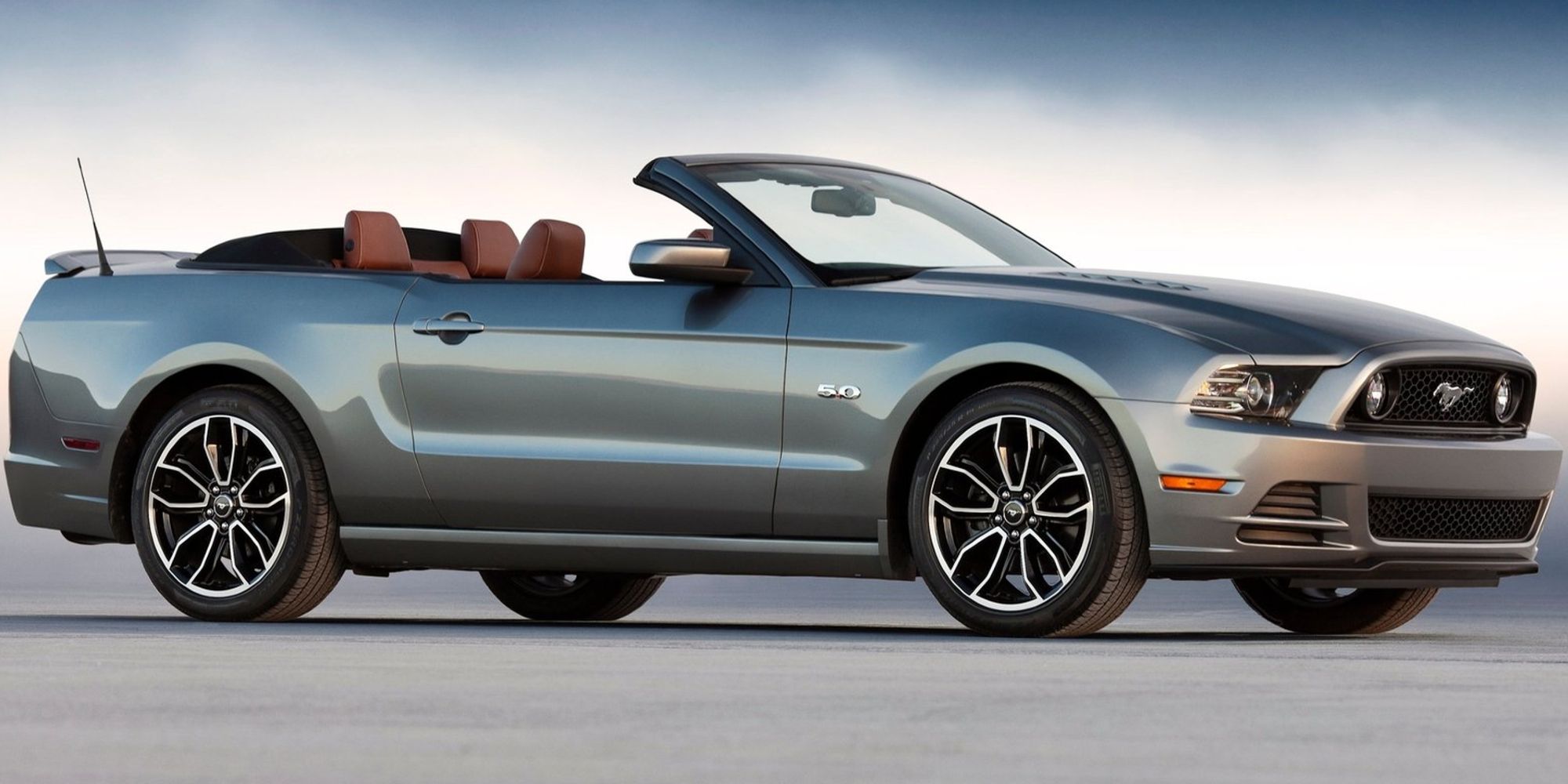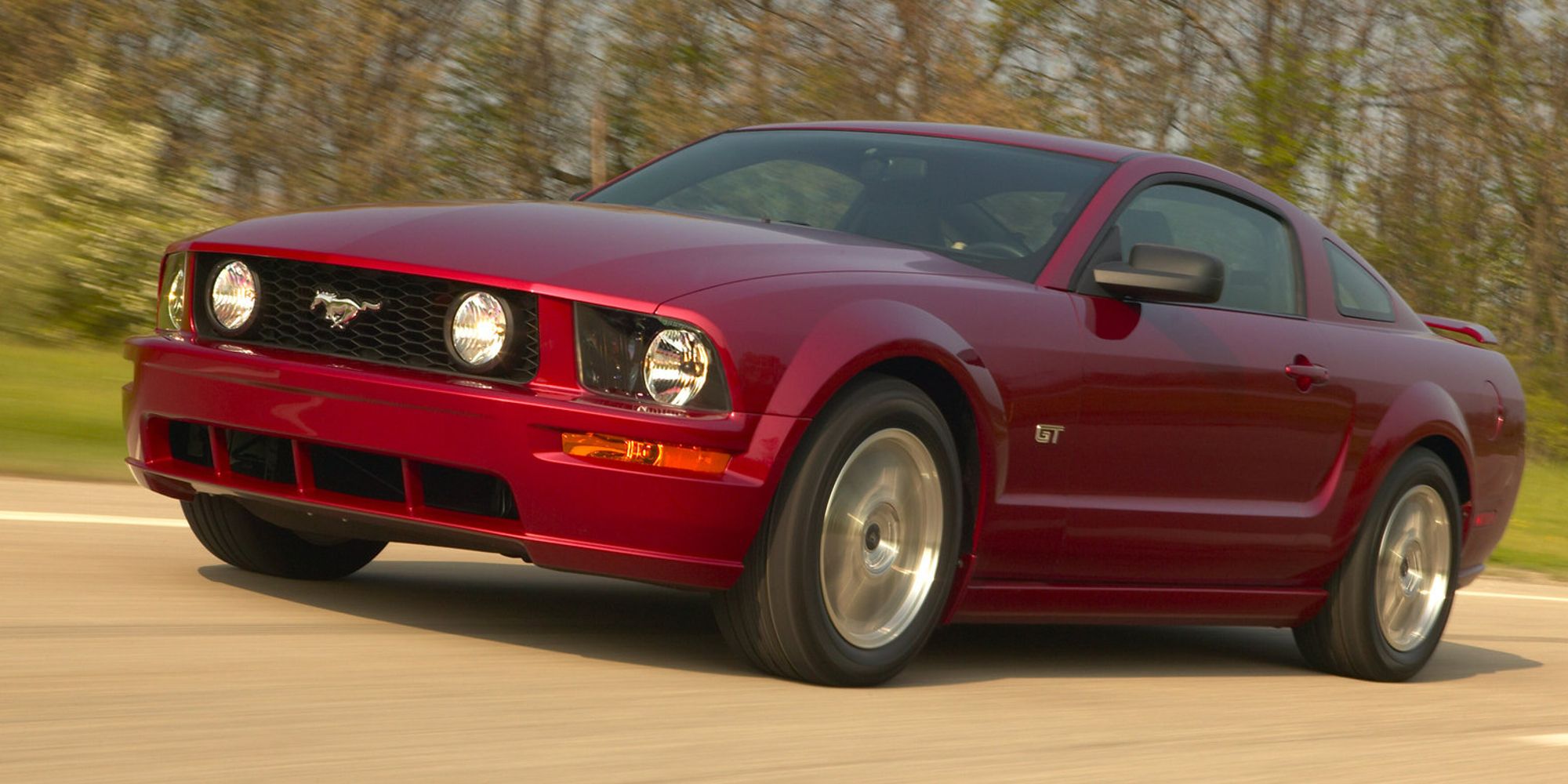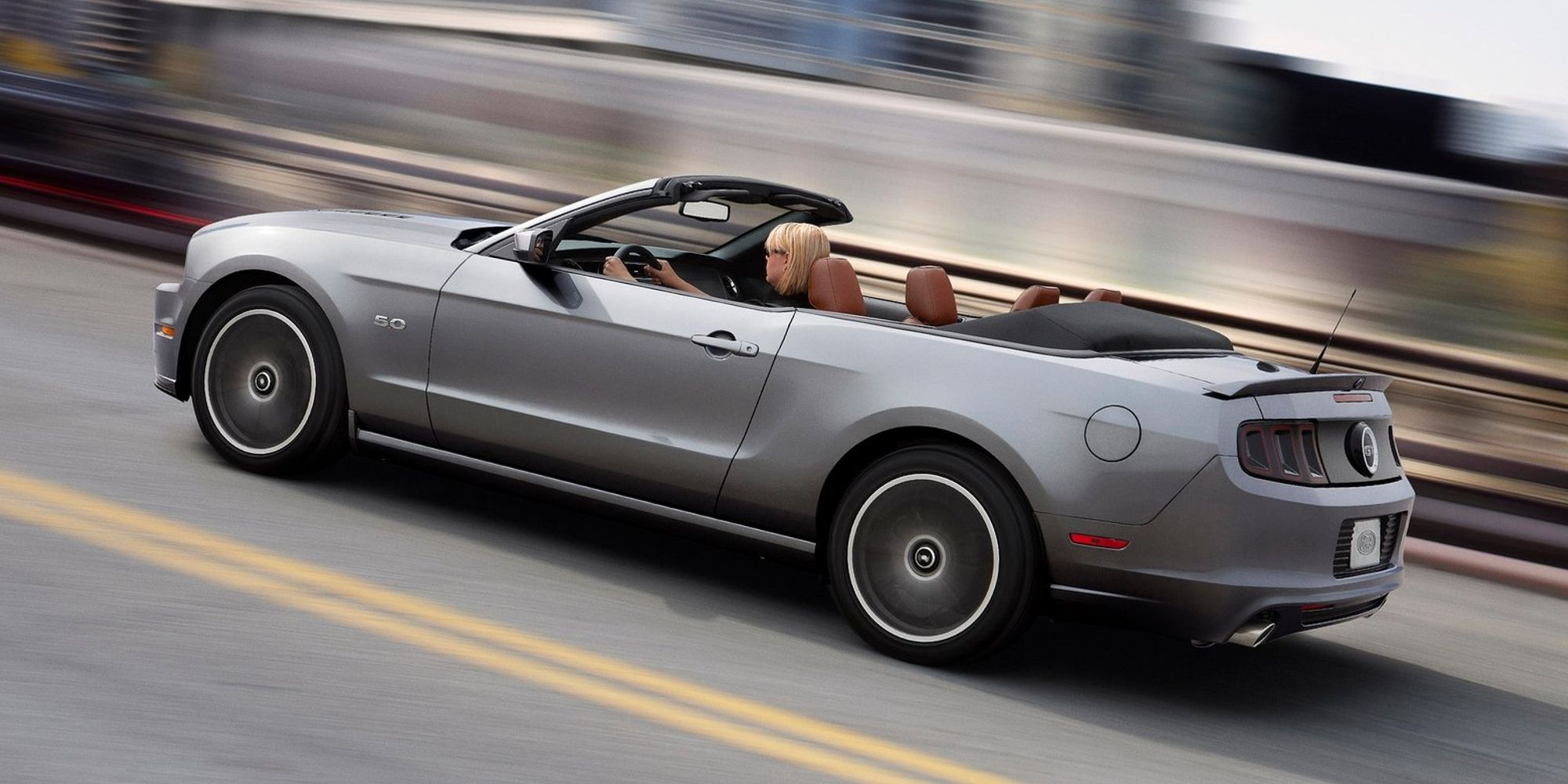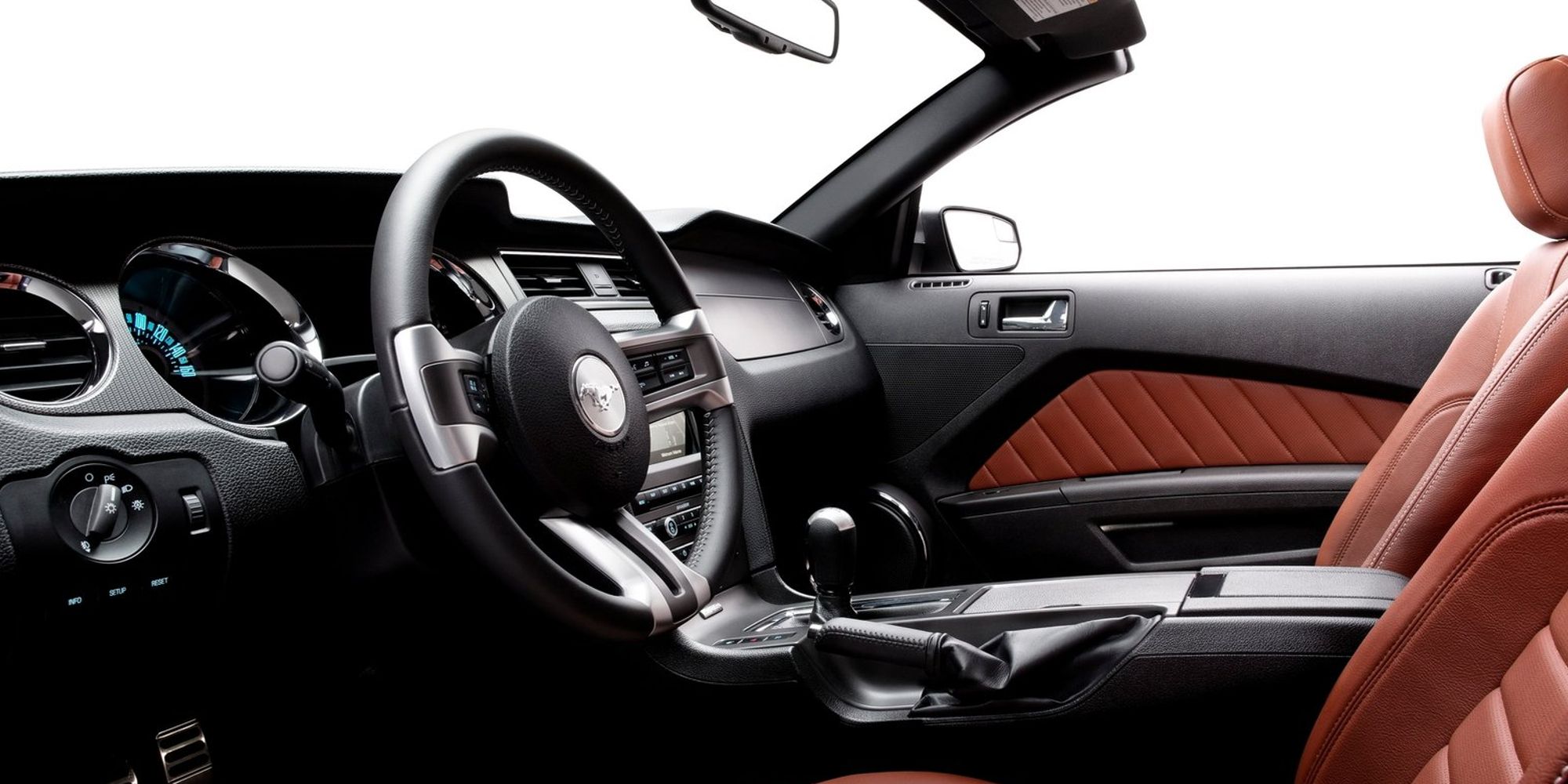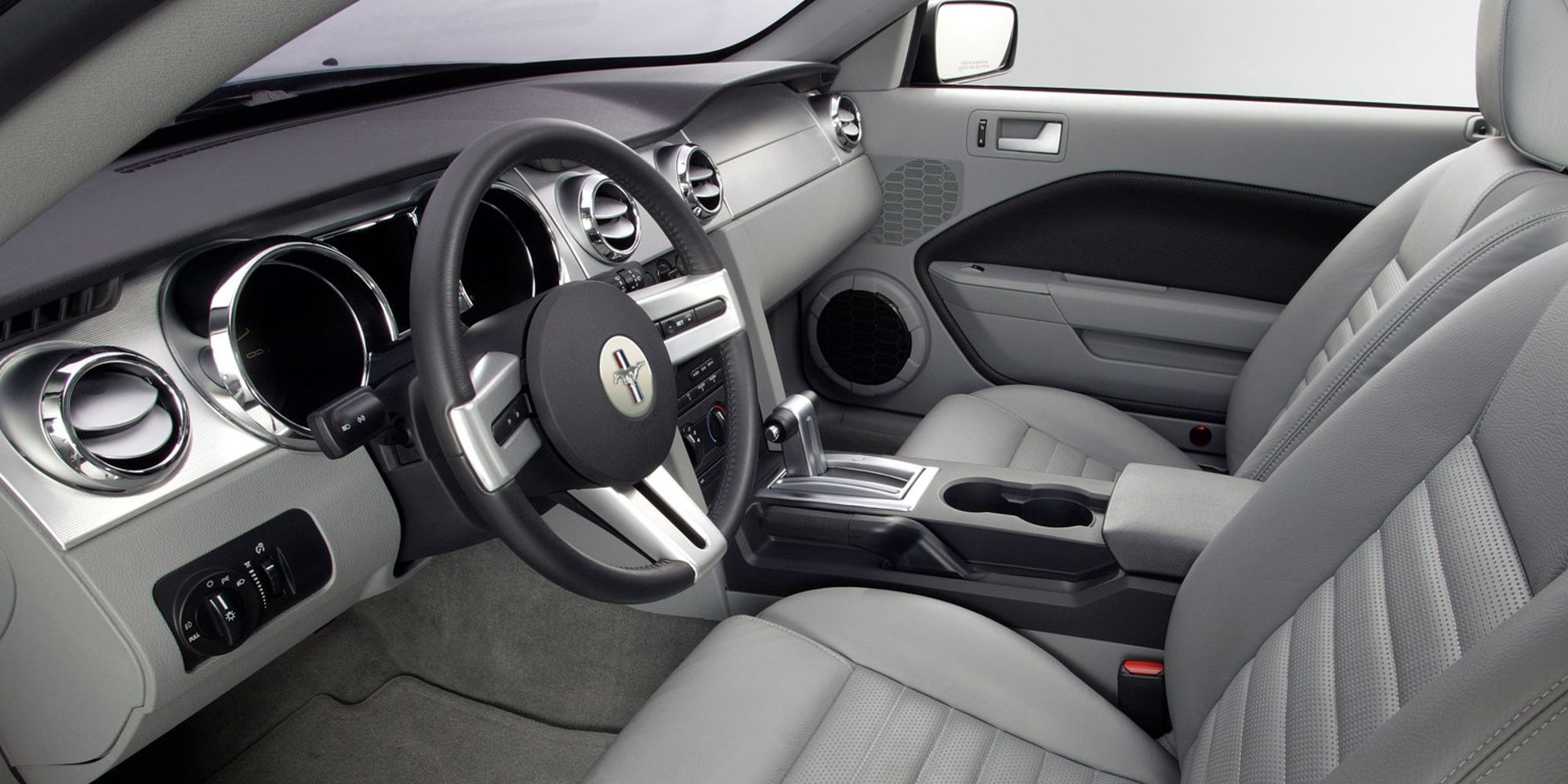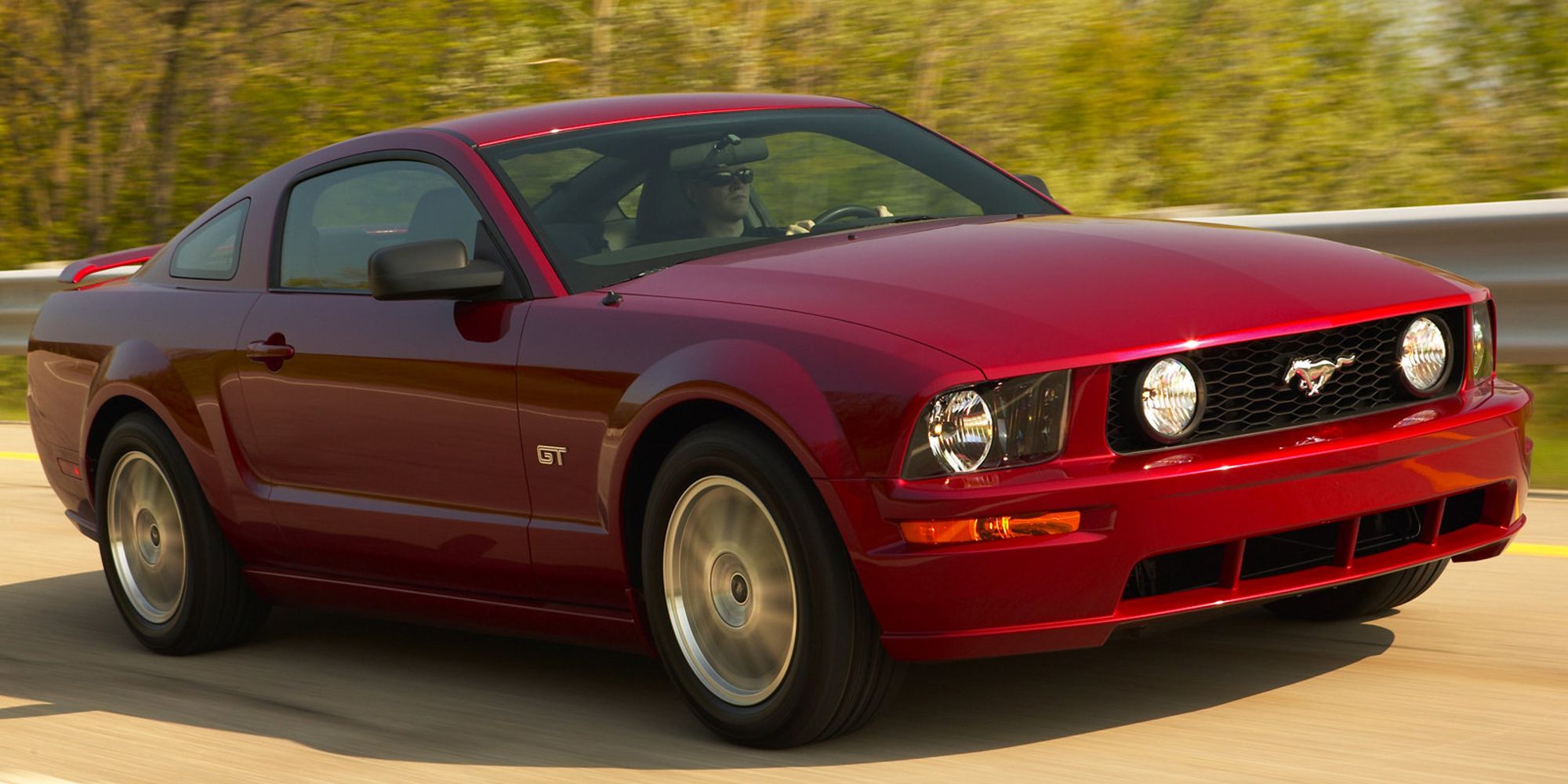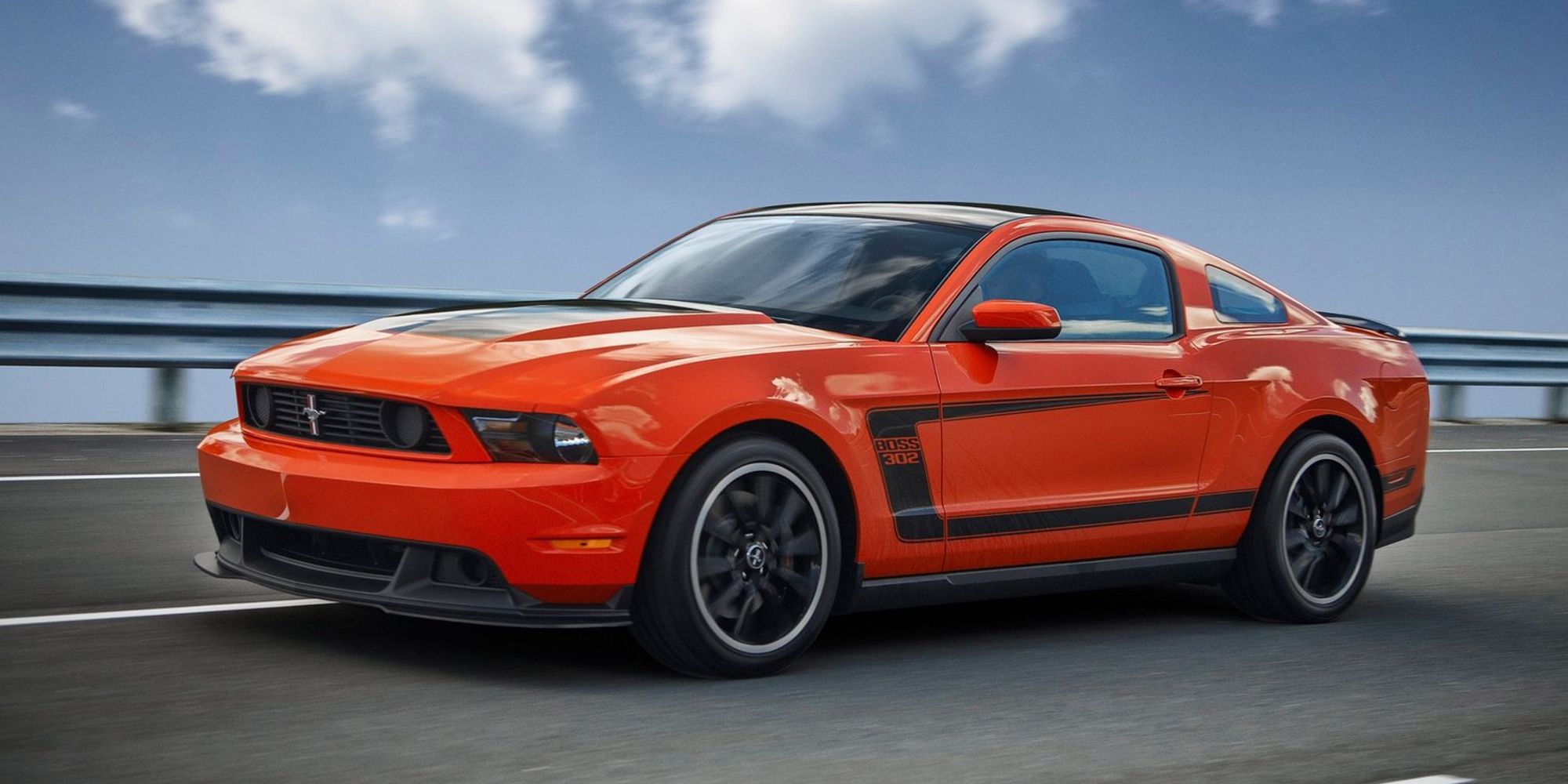Ford had no idea that they were kicking off a total automotive revolution in 1964. The original Mustang, which they launched that same year, was a true example of cheap speed. It's also famous for being one of, if not the first car to offer customers a huge amount of personalization. A certain Carroll Shelby also decided that the Mustang deserved V8 power, and the resulting car sent the Big Three scrambling to make their own competitors.
The Mustang name has been around for almost 60 years now. Although it lost its way a fair bit during the '70s and '80s, Ford was slowly getting the act together by the 2000s. Finally, in 2005, they launched an all-new fifth generation Mustang.
2005-2014 Ford Mustang GT
- Storied name
- Old-fashioned pony car
- V6 and V8 power
- Engine/Motor: 4.0L V6 / 3.7L V6 / 4.6L V8 / 5.0L V8
- Horsepower: 210-444 hp
- Torque: 240-380 lb-ft
- Drivetrain: RWD
- Transmission: 5-speed manual / 5-speed automatic / 6-speed manual / 6-speed automatic
- Cheap speed
- Exterior styling
- Aftermarket support
- Not the best in the corners
- Forgettable interior
- Some reliability concerns
Overview Of The Mustang
Ford brought out the fifth-generation Mustang for the 2005 model year. Unlike the previous few models, Ford went all in with the retro styling this time. While the fifth generation, otherwise known by its internal chassis code S197, is a fair bit bigger than its 1964 counterpart, a lot of the features that made the original great made their return here. Ford also omitted nearly all the blue oval logos, leaving only Mustang ones (aside from some of the alloy wheel designs).
The front definitely looks like a modernized version of the original, incorporating the fog lights into the grille itself. The side profile is very simple, with bold creases and a badge on the fender denoting the model, while the rear features the familiar three-slat taillight design with sequential blinkers, and a "gas cap" that, once again, includes a badge denoting the model. The fifth-generation Mustang was available with either V6 or V8 power, and it competes with the likes of the Nissan 350Z and 370Z, the Chevrolet Camaro, the Dodge Challenger, and later on in its life, the Hyundai Genesis Coupe as well.
Fifth-Gen Mustang Powertrains And Drivetrains
Over the nine-year production run, Ford offered four different powertrains on the fifth generation Mustang, two V6 and two V8 units. From 2005 to 2010, the base Mustang came with a 4.0-liter V6 with 210 hp and 240 lb-ft of torque. Stepping up to the GT gave you a 4.6-liter Modular V8 with 300 hp and 320 lb-ft of torque.
From 2011 and onwards, the S197-II Mustang received two brand-new engines. Ford replaced the anemic and forgettable 4.0-liter V6 with a 3.7-liter unit, while the 4.6-liter V8 became a 5.0-liter, dubbed the Coyote. Power jumped significantly on both: the V6 got up to 305, and the V8 up to 444 in the Boss 302. Along with the four different engines, Ford offered four different transmissions, two manuals and two automatics (five-speed and six-speed each).
The S197 Mustang is the final generation to use a live rear axle. The first few model years are a little wooly, but the final few improved things a fair bit before the switch to independent rear suspension on the S550. If you want to have some good old-fashioned muscle car fun, the Mustang is perfect for that, while the Boss 302 combines that with serious track capability.
Fifth Gen Mustang Comfort And Quality
True to its muscle car roots, the Mustang's interior is one area where Ford saved a fair bit of money. Even though the design is unique, and it shares little with other Ford models, it's not exactly luxurious. You get a few simple mod cons, a throwback gauge cluster and steering wheel, and that's about it.
Then again, being ultra luxurious and opulent has never been the point of the Mustang, so for what it's worth, the interior isn't terrible. Cheap plastics are aplenty, though. In terms of reliability, the 4.0-liter V6 is the most problematic powertrain, but the others shouldn't give you too much to worry about.
If you're thinking of modifying and making power gains, the 3.7 V6 and 5.0 V8 are the way to go. Yes, the 3.7 V6 can handle a decent amount of power. The Mustang seats four passengers, and has 13.1 cubic feet of trunk space. The rear seats don't fold, and if the previous owner opted for the Shaker sound system, the subwoofer takes up a fair bit of space.
Fifth Generation Mustang Prices
Unlike some enthusiast cars, it's not all that difficult to find a Mustang, and prices haven't gone out of control yet. A decent 2005-2009 model with less than 100,000 miles will set you back less than $20,000. A low mile 2010-2014 model will set you back around $25,000, while the V6 models are cheaper. The Boss 302 is already in the neighborhood of $30,000, however.
When it comes to bargain enthusiast cars, it's tough to go wrong with the Ford Mustang. Badge pedigree, good powertrains, tons of aftermarket support, iconic styling and pretty modern features make it a modern muscle car worth having.

